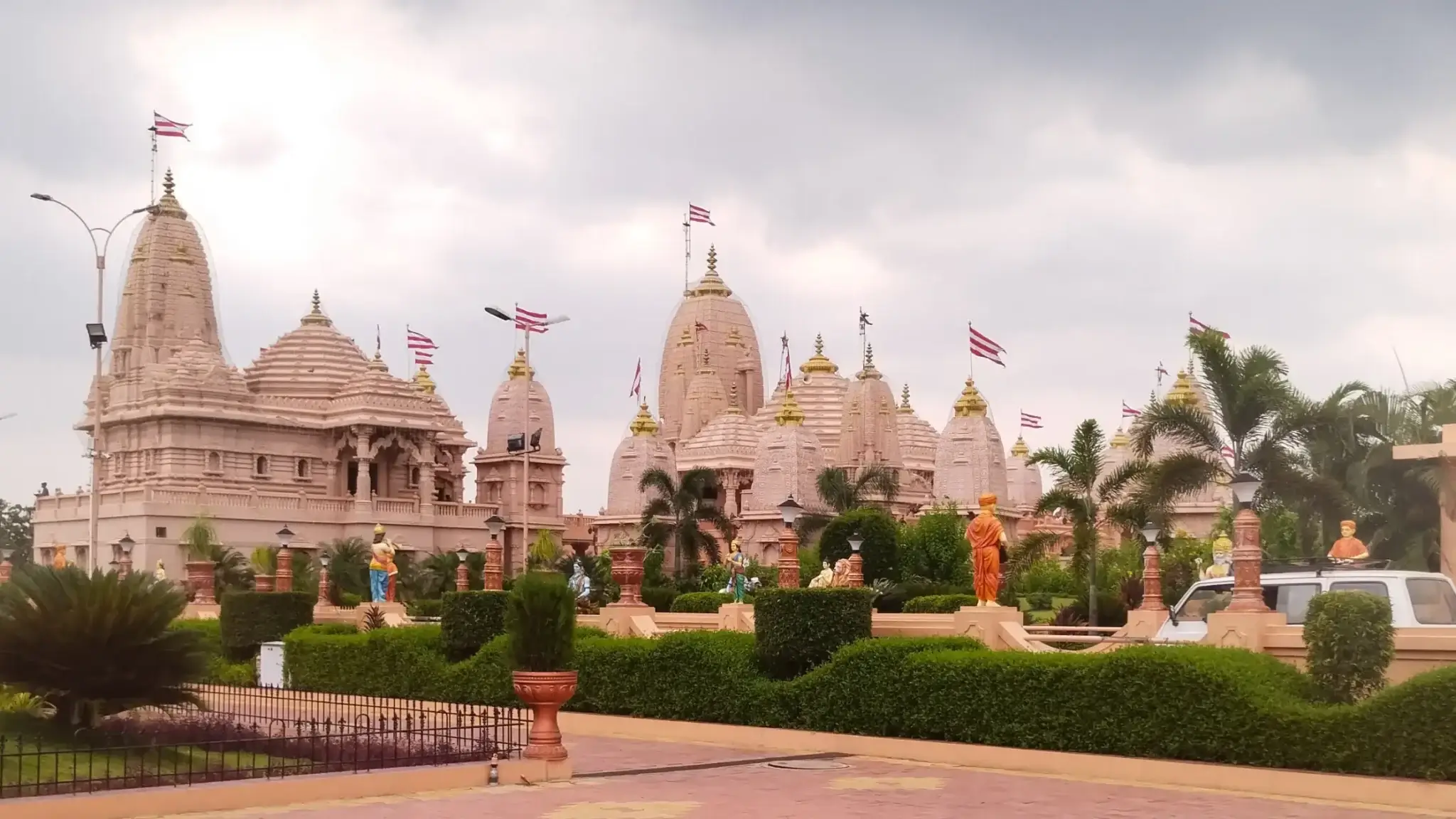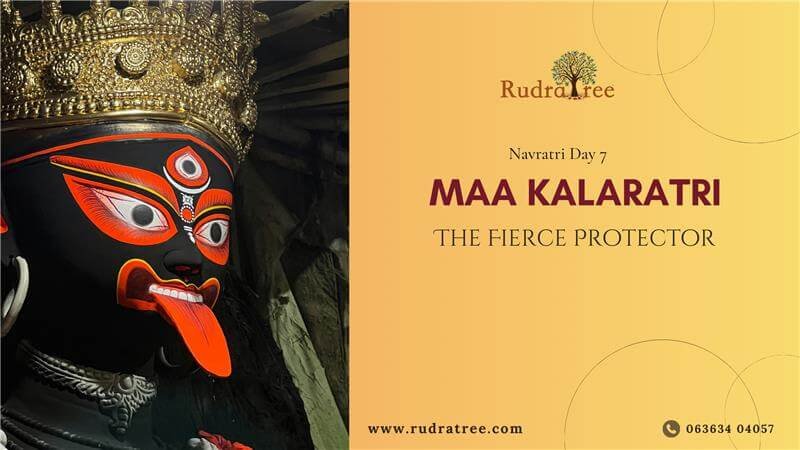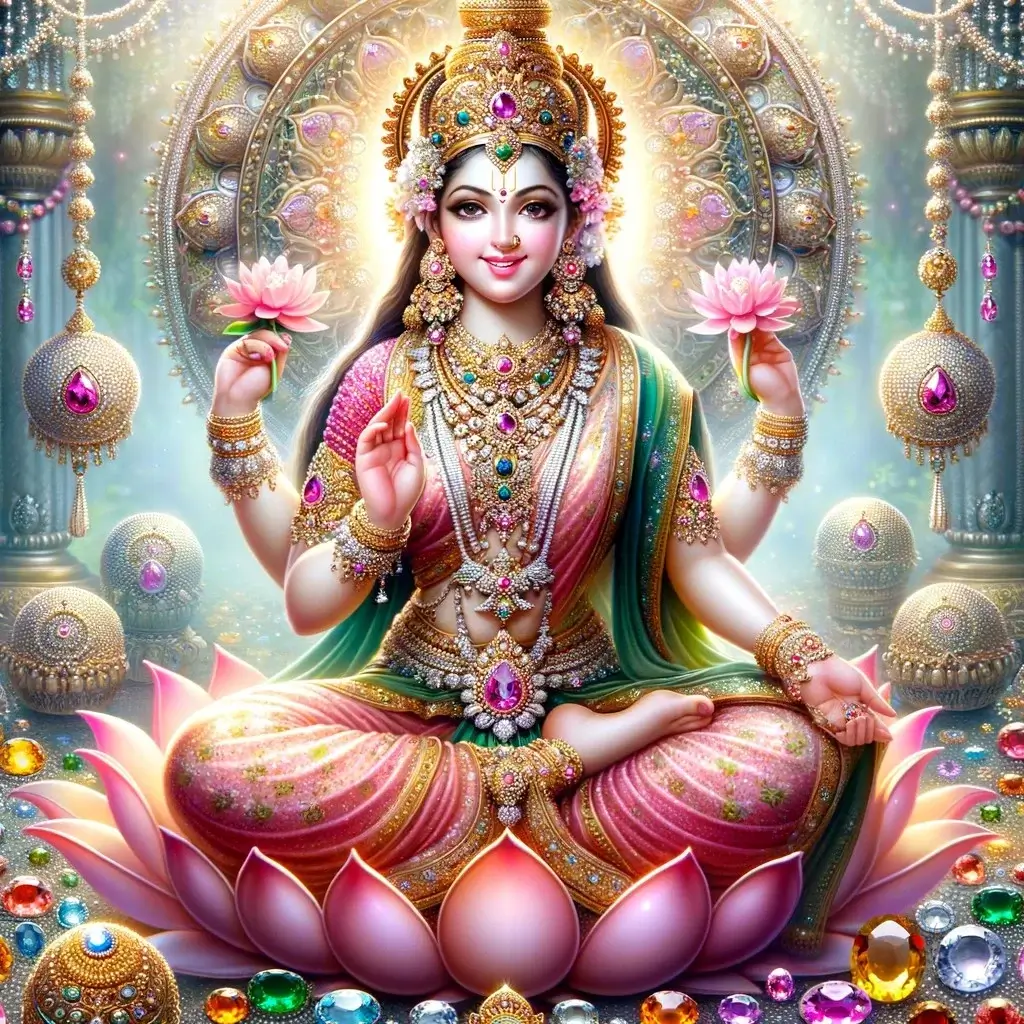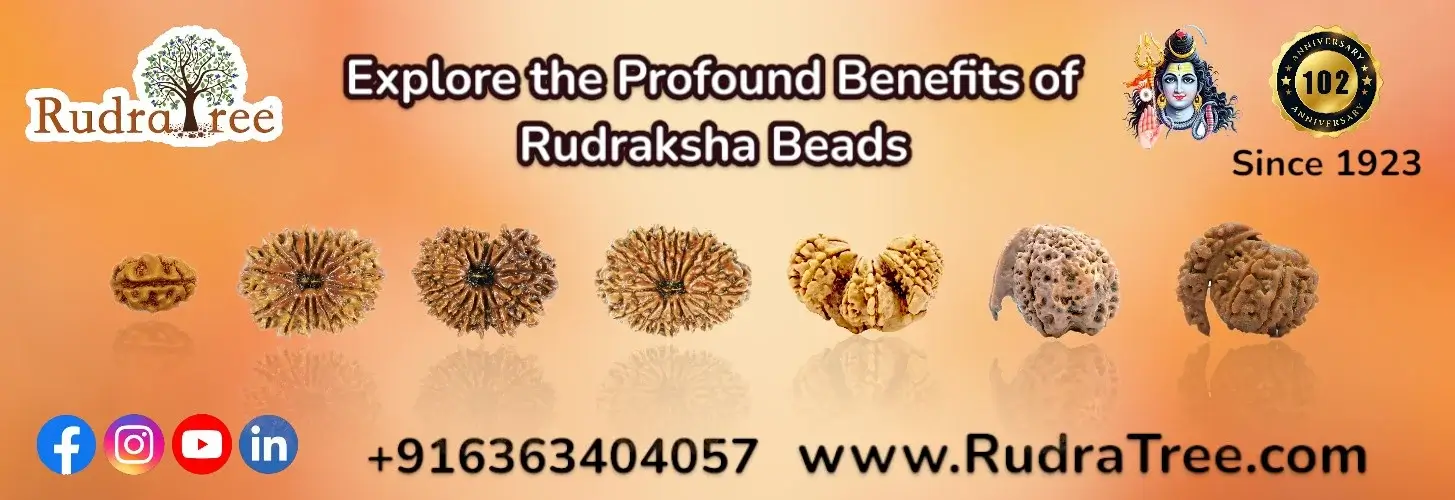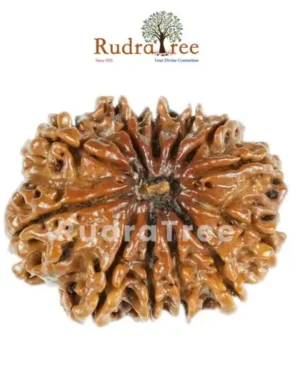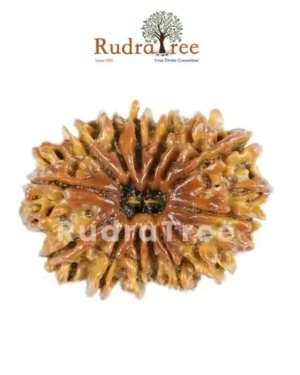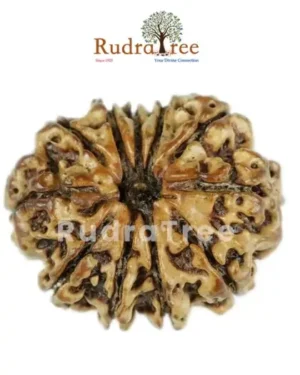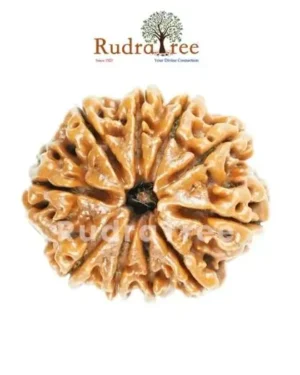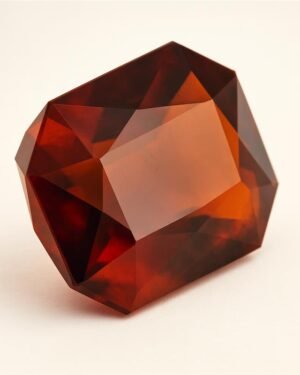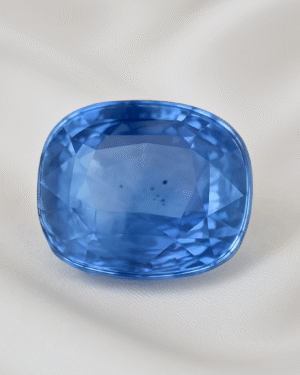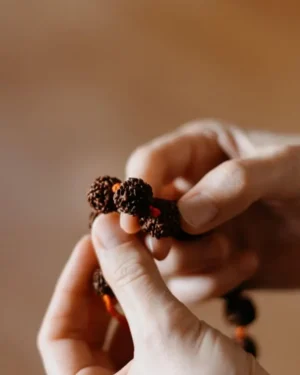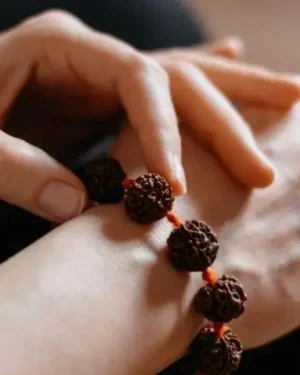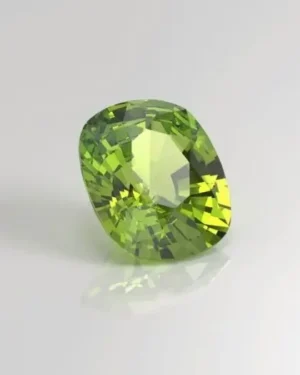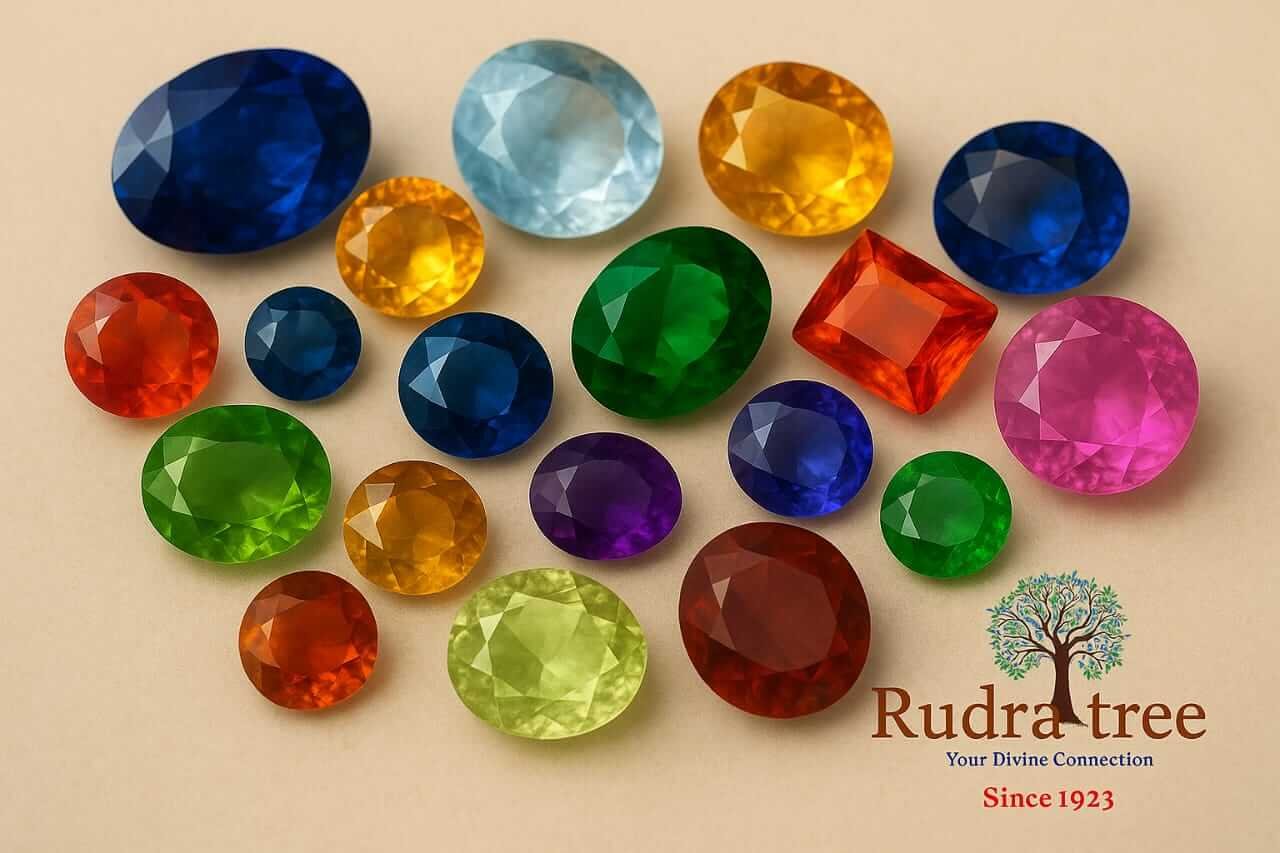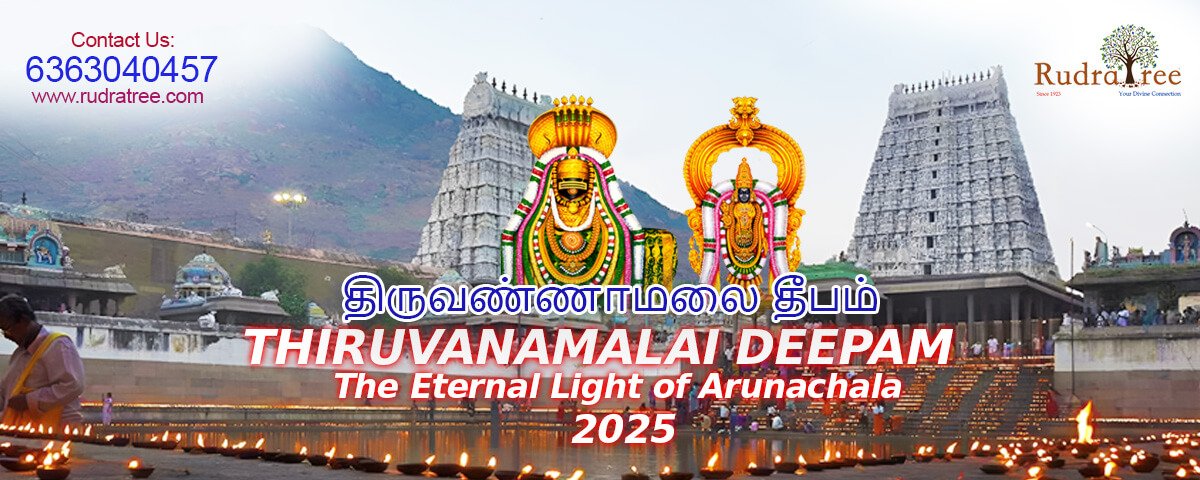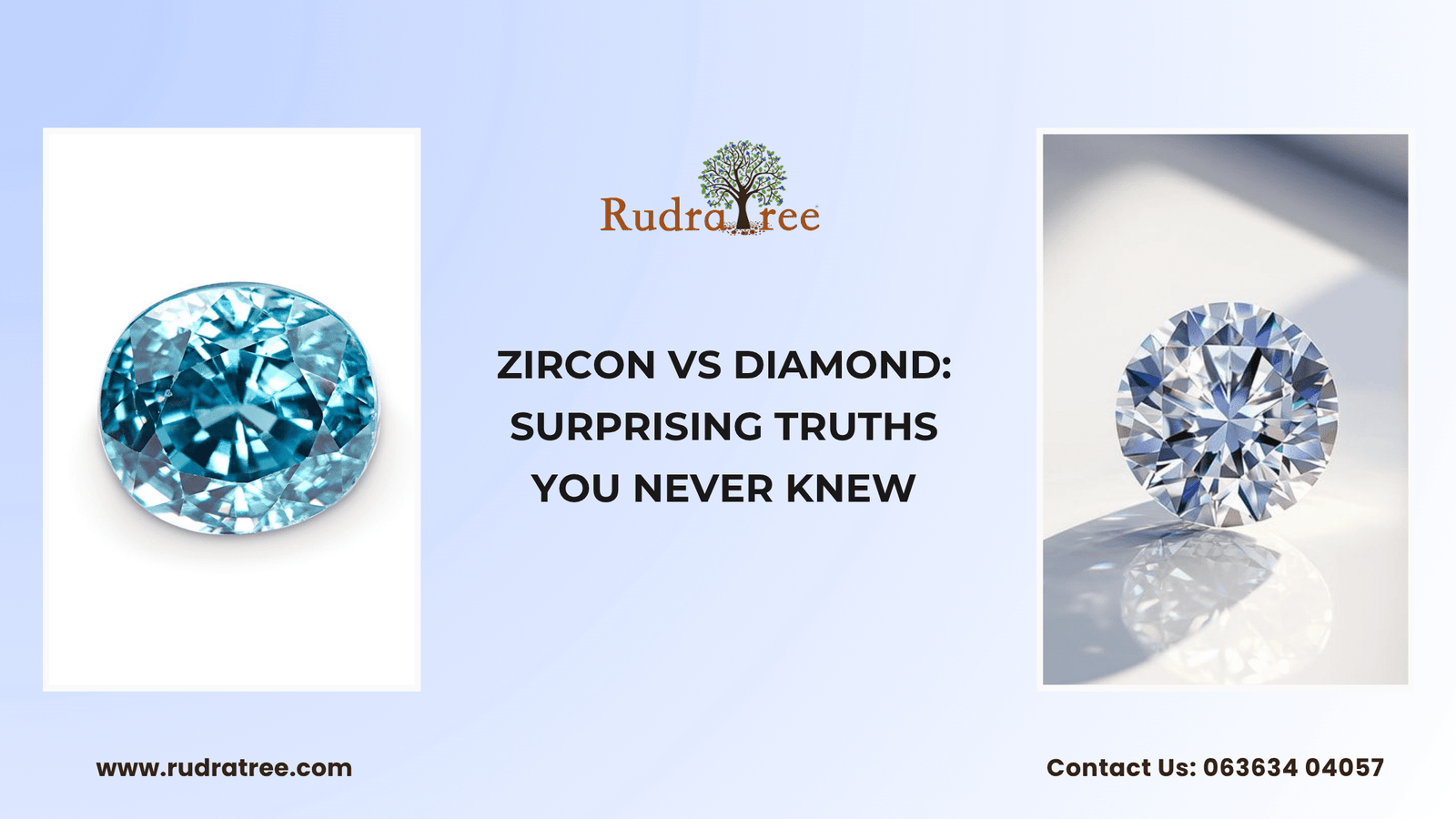The seventh day of Navratri is dedicated to Maa Kalaratri, one of the most intense and awe-inspiring forms of Goddess Durga. Her very name means “the dark night” – a symbol of the cosmic power that removes ignorance, fear, and evil. Though her appearance is fierce and terrifying, she is considered the most benevolent mother, always ready to protect her devotees from harm. She is lovingly called Shubankari, meaning the “one who brings auspiciousness,” reminding us that even through her ferocity, her blessings are filled with compassion and protection.
Iconography of Maa Kalaratri
Maa Kalaratri is depicted with a dark complexion, flowing hair, and three eyes glowing with brilliance. She rides a donkey, symbolizing humility and grounding. In her four hands, she carries a sword and a vajra (thunderbolt) to destroy demons, while her other two hands are in mudras of protection and blessing. Her breath is said to radiate fire, signifying the burning away of negativity and fear. Though terrifying in form, her essence is that of reassurance — the divine mother guarding her devotees.
Mythological Background
The story of Maa Kalaratri is closely tied to the battle between the Goddess and the demon Raktabeej. Raktabeej had a boon that every drop of his blood that fell to the ground would produce a clone of himself, making him nearly impossible to defeat. As she fought him, Maa Kalaratri drank his blood before it could touch the earth, ending his endless multiplication and destroying him completely. This myth highlights her power to annihilate evil at its very root, ensuring peace and balance in the cosmos.
Spiritual Significance
Maa Kalaratri represents the raw energy of transformation. She teaches that destruction is not always negative — it is often the gateway to renewal and rebirth. Worshipping her helps devotees confront their deepest fears, overcome challenges, and emerge stronger. She blesses with courage, fearlessness, and inner strength, clearing the path for spiritual progress. Despite her ferocious form, she symbolizes protection, guiding devotees through the darkest times of life towards light and liberation.
Her worship is particularly significant for seekers of knowledge and spiritual siddhis. Many yogis and tantrics consider her blessings essential for attaining higher states of consciousness, as she rules over hidden energies and the dissolution of illusions.
Astrological and Gemstone Connection
Maa Kalaratri is associated with planet Saturn (Shani), which represents discipline, karma, and endurance. When Saturn’s influence causes suffering, obstacles, or delays, worship of Maa Kalaratri is believed to provide relief and protection. Devotees often wear gemstones like Blue Sapphire (Neelam) or Amethyst to balance Saturn’s energy. Similarly, the 7 Mukhi Rudraksha, blessed by this form of the Goddess, is believed to remove hardships and invite prosperity. Her worship thus becomes not only a spiritual practice but also a powerful astrological remedy.
Puja and Rituals of the Seventh Day
On this sacred day, devotees wake up early, purify their homes, and install the idol or image of Maa Kalaratri. Offerings of jaggery, sesame seeds, and red or maroon flowers are made to please her. Lighting a ghee lamp in her honor is said to dispel fear and invite divine energy into one’s home. The mantra “Om Devi Kalaratryai Namah” is chanted with devotion, invoking her blessings of strength and protection.
Many devotees observe fasting on this day, not only to seek her grace but also to cleanse their body and mind. Meditation on her form helps devotees release fear and connect with the divine truth within. Additionally, the ritual of Kanya Pujan, worshipping young girls as embodiments of the Goddess, is often performed, as it reflects reverence for feminine energy.
The Symbolism of Maa Kalaratri
Though fierce in appearance, Maa Kalaratri teaches that true fearlessness comes from faith in the divine. She represents the destruction of ego, ignorance, and attachments, clearing the way for liberation. Her worship reassures devotees that even in the darkest night, the mother’s protective grace shines like a beacon of hope. By surrendering to her, one gains courage to face challenges, patience to withstand trials, and clarity to walk the path of righteousness.
Conclusion
The seventh day of Navratri, devoted to Maa Kalaratri, is a reminder that even destruction holds a sacred purpose. She embodies the fierce love of a mother who removes every obstacle and slays every demon to protect her children. Her blessings transform fear into strength, despair into hope, and darkness into light. By worshipping Maa Kalaratri, devotees invite not only her fierce protection but also her deep compassion, guiding them toward truth, wisdom, and ultimate liberation.
